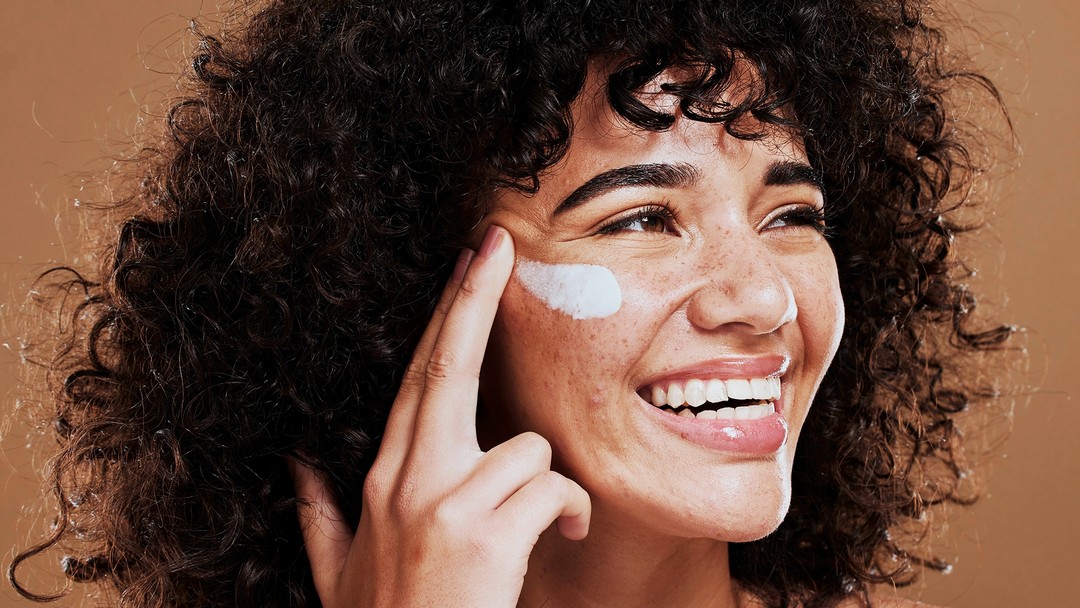| 4 minute read
Solving skincare compounding challenges in Australia: Why the right equipment matters

Compounding effective, elegant skincare formulations isn’t just about having the right base and active ingredients. It’s also about how you bring them together. Across Australia, compounding pharmacists and formulators face recurring challenges when it comes to texture, stability, and efficiency.
Below, we explore common formulation issues and how having the right equipment can transform both workflow and product quality.
Common challenges in Australian skincare compounding
- Gritty or coarse texture
Many widely used actives — such as tretinoin, hydroquinone, azelaic acid, or spironolactone — are difficult to disperse evenly. Without proper particle size reduction, they can leave a cream or gel feeling rough or sandy. - Uneven distribution of active ingredients
Achieving even dispersion of actives across the entire formulation can be a struggle. This inconsistency affects therapeutic performance, patient satisfaction, and professional confidence. - Oxidation and shelf instability
Many compounded formulations — particularly those containing light- or air-sensitive ingredients — are prone to oxidation, leading to colour change, odour, or reduced potency. Traditional mixing methods may inadvertently introduce air during preparation. - Time and labour burdens
When using separate tools for milling, mixing, and transferring, the compounding process can become labour-intensive and time-consuming. This is especially impactful for high-volume pharmacies and clinics operating under time pressure or staff constraints. - Product waste and contamination risks
Transferring product from one container to another introduces potential for loss and cross-contamination, not to mention the increased cleaning burden in a GMP- or TGA-compliant environment.
The role of equipment in overcoming these challenges
The right equipment can reduce or even eliminate many of these formulation issues. Key features to look for in a compounding system include:
| Equipment capability | Problem it solves | Resulting effect |
| Bead milling / fine particle reduction | Grittiness, uneven texture | Delivers a smooth, elegant finish expected from cosmeceutical-grade creams |
| High shear mixing | Poor dispersion of actives | Ensures consistency, potency, and clinical effectiveness |
| Deaeration or reduced air incorporation | Oxidation, instability, bubbles | Protects against colour shift, texture degradation, and short shelf life |
| In-container mixing options | Time loss, contamination, waste | Streamlines workflow and reduces cleaning overhead |
| Durable components (e.g., stainless steel, zirconia beads) | Batch-to-batch inconsistency | Improves reproducibility and long-term equipment value |
A closer look: Equipment that handles Australia's unique needs
Australia’s regulatory and practice environment places a high standard on compounded formulations, especially for dermatology, cosmetic, and hormone therapies. Whether you're compounding in a suburban community pharmacy or a high-end cosmetic clinic, your patients expect results that look and feel as good as they work.
Investing in equipment that supports:
Uniform mixing for high-concentration or complex actives
Direct mixing in final packaging (e.g. MD Pumps, UnoDose)
Minimal cleaning requirements to align with TGA compliance
Versatile applications (gels, creams, suspensions, hormone preps)
This can lead to better clinical outcomes, increased efficiency, and stronger patient loyalty.
The MAZ® Mixer is expertly designed to meet these demands
While a range of compounding tools are available in Australia, equipment like the MAZ® Mixer—which includes bead milling, high shear action, and deaeration—has been purpose-built to address many of these skin care challenges. Its ability to mix directly in standard dispensing containers used across Australian pharmacies (e.g. MD Pumps, dual-neck bottles) further reduces labour and waste.
Many local compounders report dramatic improvements in texture, appearance, and turnaround time after upgrading their equipment.
Tips for Australian pharmacies choosing compounding equipment
Test before you invest. Ask for a demonstration with your own formulations, especially ones with challenging actives like kojic acid or tretinoin.
Match the machine to your caseload. High-volume pharmacies benefit most from systems that minimise transfer steps and clean-up time.
Prioritise flexibility. Look for equipment that supports a range of bases and dosing formats.
Check for local support and compliance. Ensure equipment can be maintained and serviced in Australia, and that it supports regulatory compliance (e.g. TGA, USP <800> handling requirements).
Better equipment = better compounding
In skin care compounding, quality isn’t just about the ingredients; it’s also about the process. Texture, stability, and effectiveness can all be undermined by inadequate tools. Whether you're a pharmacist, cosmetic formulator, or clinic-based compounder in Australia, choosing equipment that aligns with your needs and challenges can raise your formulations to a truly professional standard.
👉 Speak with an experttoday to discuss how MAZ can streamline your skin care compounding workflow.


